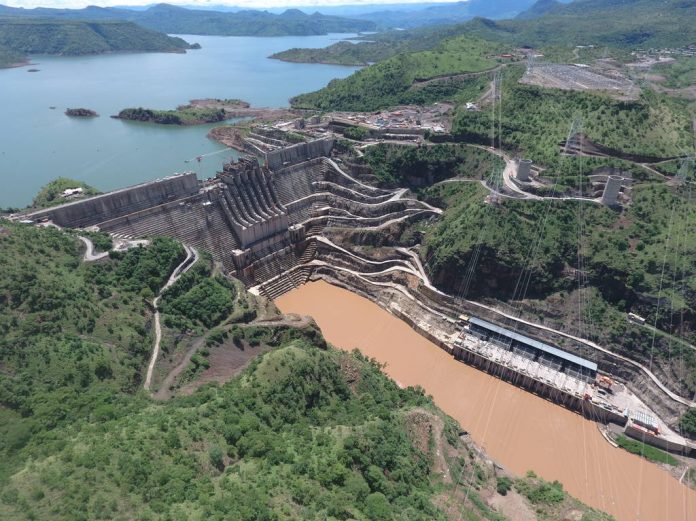The World Bank has faulted the lack of progress between Kenya and Ethiopia in putting in place measures to protect Lake Turkana from extinction as a result of construction of the Gibe III dam.
Ethiopia constructed the Gibe III hydro-electric power dam along River Omo, which is the main source of water for Lake Turkana – the world’s largest desert lake and a Unesco heritage site located in northern Kenya. The lake gets more than 80 percent of its fresh water from the Omo River.
Environmentalists fear that the dam’s restricted flow of water downstream may lead the lake to dry up. Aside from its abundant fish stocks providing a source of livelihoods to thousands of homes, the lake serves a crucial ecological role through its regional cooling effect.
“Neither the Kenyan government nor the government of the Turkana County have yet given any attention to the threat that Ethiopia’s big push on its water resources might have on local community livelihoods on both sides of the border,” the World Bank warns in its latest report on Horn of Africa borderlands.
“A joint process to develop a Turkana-Omo basin management plan, initiated in 2013 between the governments of Kenya and Ethiopia and facilitated by the United Nations Environment Programme (Unep), has yet to address any potential impact on the lake; the efforts is currently stalled,” it adds.
In what complicates matters, Kenya has an agreement to buy hydropower from Ethiopia, part of which will come from the Gibe III dam. A Kenya-Ethiopia interconnector line is nearing completion that will enable cross-border power trade.
Kenya has in the past sought reassurance from Ethiopia that the dammed water would always be released after serving its purpose of generating electricity and not used to irrigate land. There are fears that Ethiopia may divert the trapped waters to its irrigation projects thereby cutting off water flowing downstream to the Lake Turkana basin.
Lake Turkana is the world’s largest desert lake and Africa’s fourth largest fresh water body. The lake is a great attraction for tourists with its national parks — Sibilioi, Central Island and South Island national parks. The parks have been listed by Unesco as heritage sites.
Environmentalists fear that the Omo River project will cause the lake level to reduce dramatically — echoing the environmental disaster previously seen in the Aral Sea, in Central Asia, which dried up after its feeder rivers were diverted for irrigation schemes.
“It is high time that the governments of Ethiopia and Kenya avail themselves of the good diplomatic ties between them and engage the issue of protecting local public goods as part of the wider conversation on regional integration,” the World Banks says.




